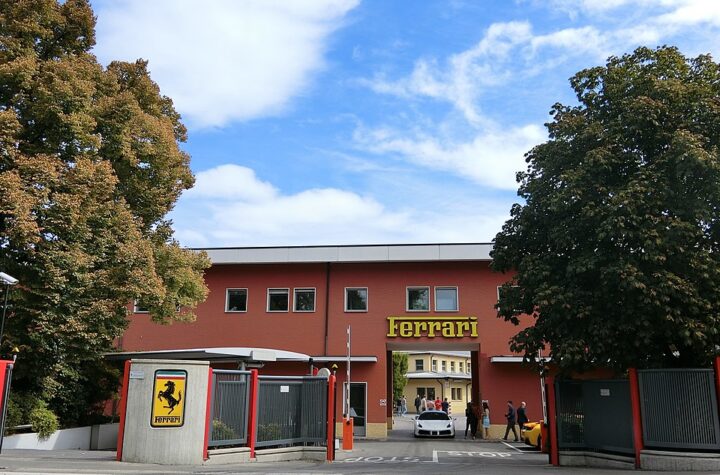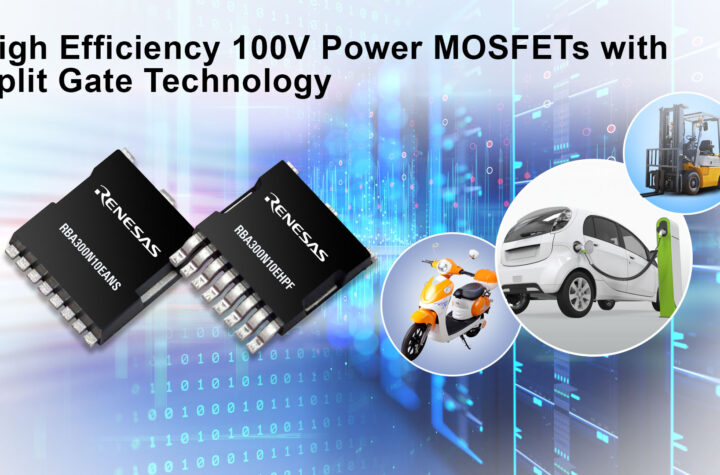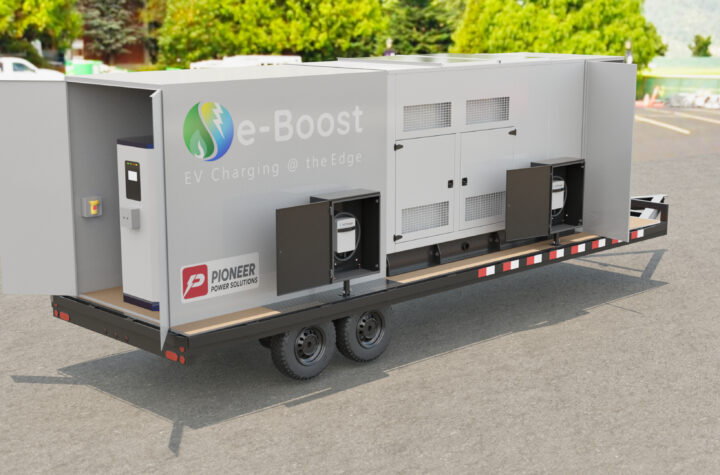
TZ Mikroelekronik (TZM) is a German-based company that is working in the following three business fields: FlexRay / automotive bus systems, development of software (.NET) and engineering services. TZM’s clients are mainly automotive companies including original equipment manufacturers and suppliers.
Nowadays, the networking of technical systems is realized through standardized communication busses in most segments. In the automotive industry, the bus systems CAN and LIN have been used for years. The increasing requirements to data rates as well as to data safety lead to a deterministic bus system with a high bandwith. For this reason, the FlexRay consortium has defined the so-called FlexRay bus in the year 2000. This bus is an open standard which even today has reached a worldwide acceptance.
Due to its conception, the FlexRay bus also offers economic advantages in many segments. Hence, FlexRay will surely be used in other applications besides automotive appliances in the future, like e.g. in the automation industry, in the transportation and avionic industries and also in special vehicles.
FlexRay is a mature system and will be used in series applications from 2006 on.
TZM was among the pioneers in the field of the bus system FlexRay. TZM has started very early to develop and manufacture hardware platforms for the evaluation of FlexRay in several customer projects. These initial projects were the beginning of a complete portfolio of various FlexRay products and services. Besides innovative hardware platforms such as FlexCard, FlexCard PXI, FlexNode and the Gateway FlexXCon, software utilities like FlexConfig as well as testing and training services are also part of the portfolio. The product range extends from the starter kit FlexEntry to various tools for system integrators.
The innovative products of TZM are designed for multifunctional use and help to facilitate the development work in the area of FlexRay.
TZM’s FlexCard Cyclone II for instance is a flexible and multi-use monitoring and analyzing device for configuration, maintenance testing and monitoring of the time-triggered FlexRay bus system. The card offers sending and receiving of FlexRay symbols and wake-up pattern, synchronicity with network will be immediately notified (with timestamp), user is informed about error states (e.g. bus/syntax errors) directly, reception of null-frames can be enabled/disabled, additional enhancement of data throughput, acknowledgement of sending frames possible and configurable trigger output is offered.
Another example of TZM’s FlexRay products is its scheduling tool, the software package FlexConfig. This is a universal configuration tool for FlexRay networks. With the FlexConfig, you can easily configure communication controllers for FlexRay. All necessary parameters are set via a convenient Windows application. Almost every parameter is checked against general limits or specific constraints so a faulty configuration is almost impossible.
TZM’s newest developments are the Gateway FlexXCon and the FlexCard PXI.
The FlexCard PXI has a 32bit-PCI-connection in a PXI-format. Together with the VISA-driver and the easily usable VI-library it is a powerful tool for real-time applications. The Gateway FlexXCon is a compact, automotive platform, which perfectly fits to build gateway functionality. What’s new in this robust class of gateway modules is the possibility to combine FlexRay with the classic automotive bus systems CAN and LIN.
Automotive Industries spoke to Daniel Hotzy, divisional manager, FlexRay department and Automotive at TZ Mikroelektronik and asked him about the future products TZM is working on.
AI: Please tell us a little about who your existing automotive customers are and what kind of solutions TZM has given them.
As most people know, BMW will start with the series production of the X5 by the end of this year, which will include the FlexRay Protocol. For this reason, the most important customers for us are currently BMW and their suppliers Siemens-VDO, Valeo and others. But also other OEM’s such as Audi or DC for instance, which will start with the production of cars with FlexRay in some years, are among our customers. We have often conducted FlexRay trainings for these customers. Our FlexCard is used by most of the FlexRay users and we are delivering test solutions especially for the suppliers. Finally, nearly all of our customers like our starter kits in order to learn more about FlexRay and to build up their first applications.
AI: What are some of the future tools TZM is working on?
We are increasing our product portfolio for the use in test equipment, although our interfaces can be used on different hardware platforms like VME, PXI and desktop computers as well as on different operating systems as e.g. Windows, Linux, LabViewRT and VxWorks. In addition, we are developing a new series of measurement platforms for the in-car use with a very high performance and robustness. And we are improving the easy usability of our products by comfortable Windows user programs, which will give you an intuitive and simple way for using FlexRay.
AI: What are some of the customized hardware, software and IC packaging solutions that TZM offers? And to which customers have you sold these customized products?
On the one hand we have developed special testboards for semiconductor testing and we are performing customer-specific testing for different customers. On the other hand we are developing special FlexRay interfaces and driver software for customer-specific platforms.
AI: What are some of TZM’s plans to expand business in the future?
We are expanding our product portfolio to a complete range of measurement and testing solutions for all demands. Last but not least, we will develop and deliver complete hardware and software solutions for small series productions.














More Stories
BlackBerry Unveils Strategic Relaunch of QNX Brand to Reinforce Leadership in Automotive and General Embedded Industries
Southfield Classics utilizes Ampere EV engineering to become the first manufacturer to achieve Low Volume Vehicle Manufacturer Certification
Sika – where battery storage technology for EVs, wind and solar meet